I have built over 150 models from LEGO® bricks from Star Trek, Stargate, Battlestar: Galactica, the MCU, Snowpiercer and more over the past ten years.
You can have a look at my builds from each show with the links above, but here are some of my Sci-Fi Favourites!
My building style has changed, but I remain inspired by the shows I watch. Inspired enough to build my own worlds like the Brik City and the Brik Forest and the Trampoline Park (a crossover of hobbies)!
First I decide what I would like to build, then I see if I have the parts (or if the parts needed are affordable). Then I look up photos of the object I am building. Generally I need a schematic, and a few angled images. I need to be able to see a 3D version of the ship in my head. Next that 3D version turns into a 3D Lego design. I won’t start building until I have worked out a way to build the challenging components of the creation.
Soon after, the building starts. I get excited when I build, and I want to see the creation coming together as quickly as I can, so my process is generally to build the skeleton of the creation first, make it stable, and then add detail. I’ve realised this does not always work, because as I strive for more and more detail, the building process becomes complex. A small (seemingly simple) section can take a day to make. I can’t look at that section in isolation because it has to incorporate the adjoining areas into its design.
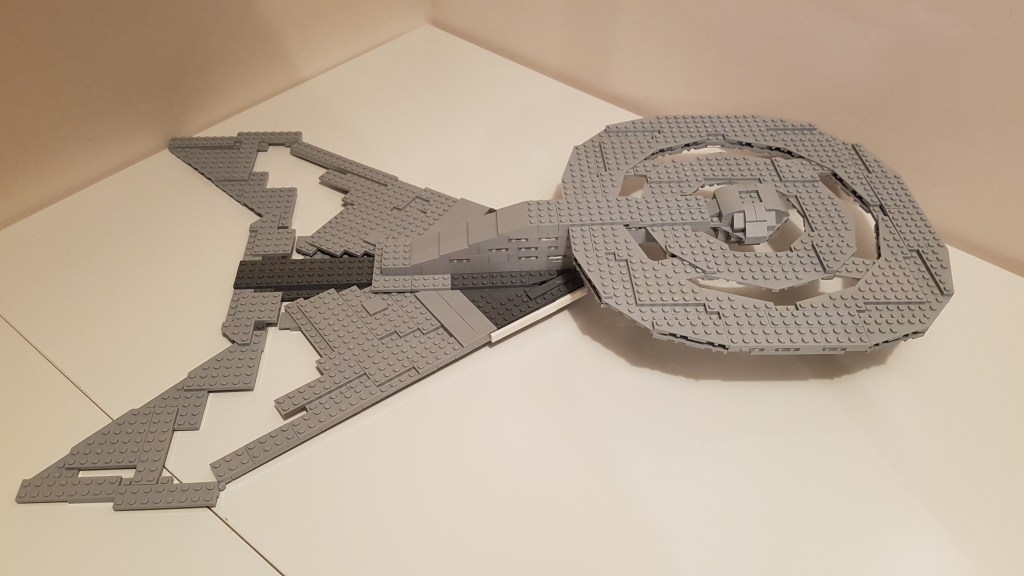

I generally spend 3 or 4 months on each creation.
Once the building starts it can take anywhere from a few weeks to a few months. It is often the latter because I get ‘Lego Block’ (that pun wasn’t intentional!). I have worked on some creations on and off which means they can take over a year to complete.
The longest stage of building is when the creation is nearly finished.
I struggle most with the final details. This is when nothing can be left to later. I need to make the creation perfect. This often involves a lot of time with a creation sitting on my shelf until I am completely happy with it. I often pick up on the tiniest detail that I could improve. I want the creation to be perfect, and after all of the effort I have put into it, its a waste not to bring it to that standard.

Most of my Lego creations are dismantled soon after completion to build new ones. Often when I dismantle a creation to build something new, later on, I rebuild it.
For some models, I keep making new versions with new techniques and parts
The Daedalus model has seen many versions as my building style has changed and (hopefully!) improved. The key change has been a greater attention to accuracy, following the actual design of the ship more closely.

The same can be seen with the Enterprise NX-01 model, with my newer version being far more detailed and accurate. This version took much longer to build, with a lot of false starts and many components rebuilt multiple times.

I actually had another version of the Enterprise NX-01 before the earlier one shown above. However, half way through I ran out of parts and was unable to source extra pieces at the time. Originally my building process was based on the parts I had available, but over time it has changed as I have ordered new pieces mid-build as necessary. For example, the pearl gold pieces on the new Enterprise NX-01 were all ordered mid-build. While only a few pieces, they added vital detail. Still, I aim to be as creative as I can and use what I have.
I have embraced the digital world and incorporated LCAD software like Studio into my building.
I use Studio in different ways, and different stages of the building process. I first started using Studio to trial different design ideas before building the design in real life. This helped me get comfortable with the software. For me the Stargate model was a first, because I designed and built only two of the 21 modules, as that is all I had available pieces for. I then ordered pieces for the remaining modules and completed the model.
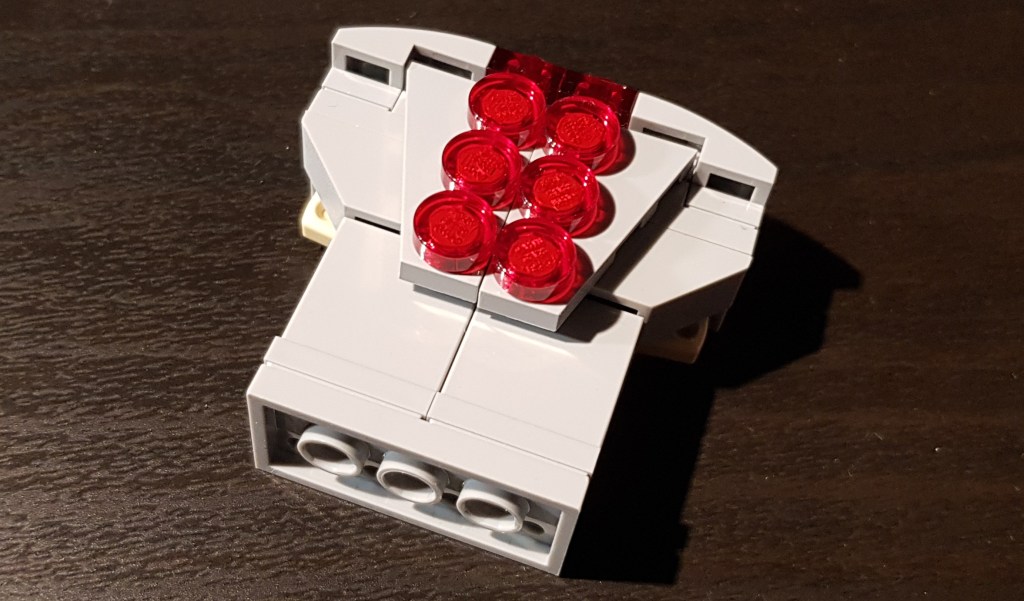
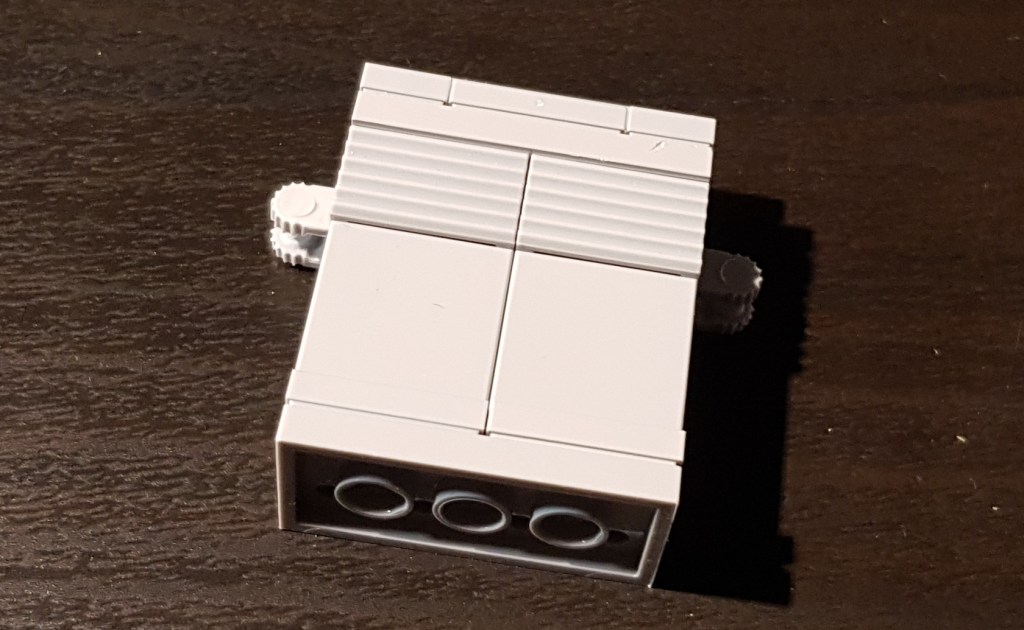
Now I use it once I have built the MOC in real life to rebuild it digitally. This has given me the freedom to make some fantastic renders (like for the Enterprise-G and the Daedalus) and also to generate building instructions!

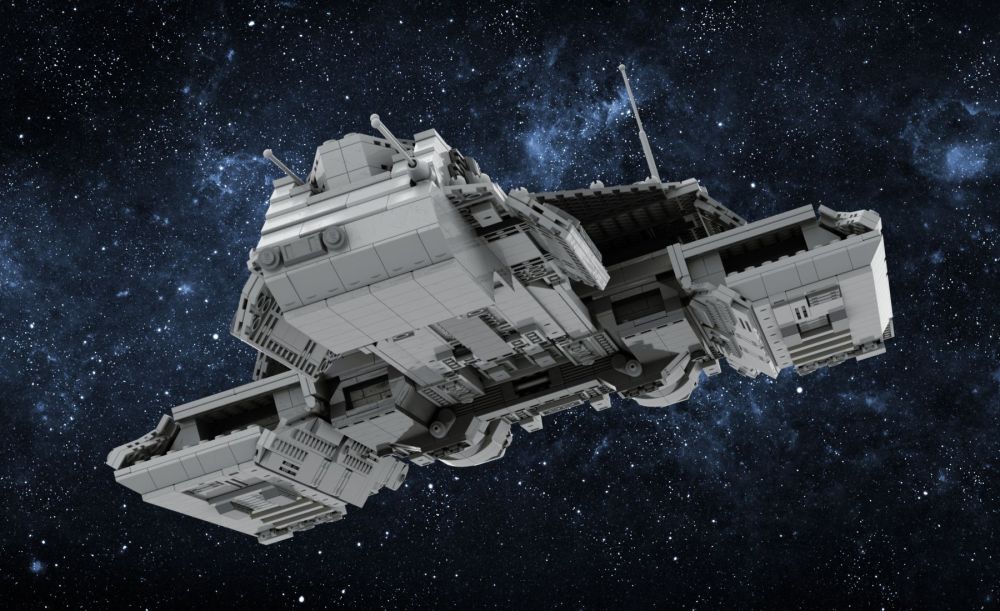
Now I am experimenting with using Studio in a new way – to build designs from scratch. You can have a look at my work in progress of the Phoenix here.

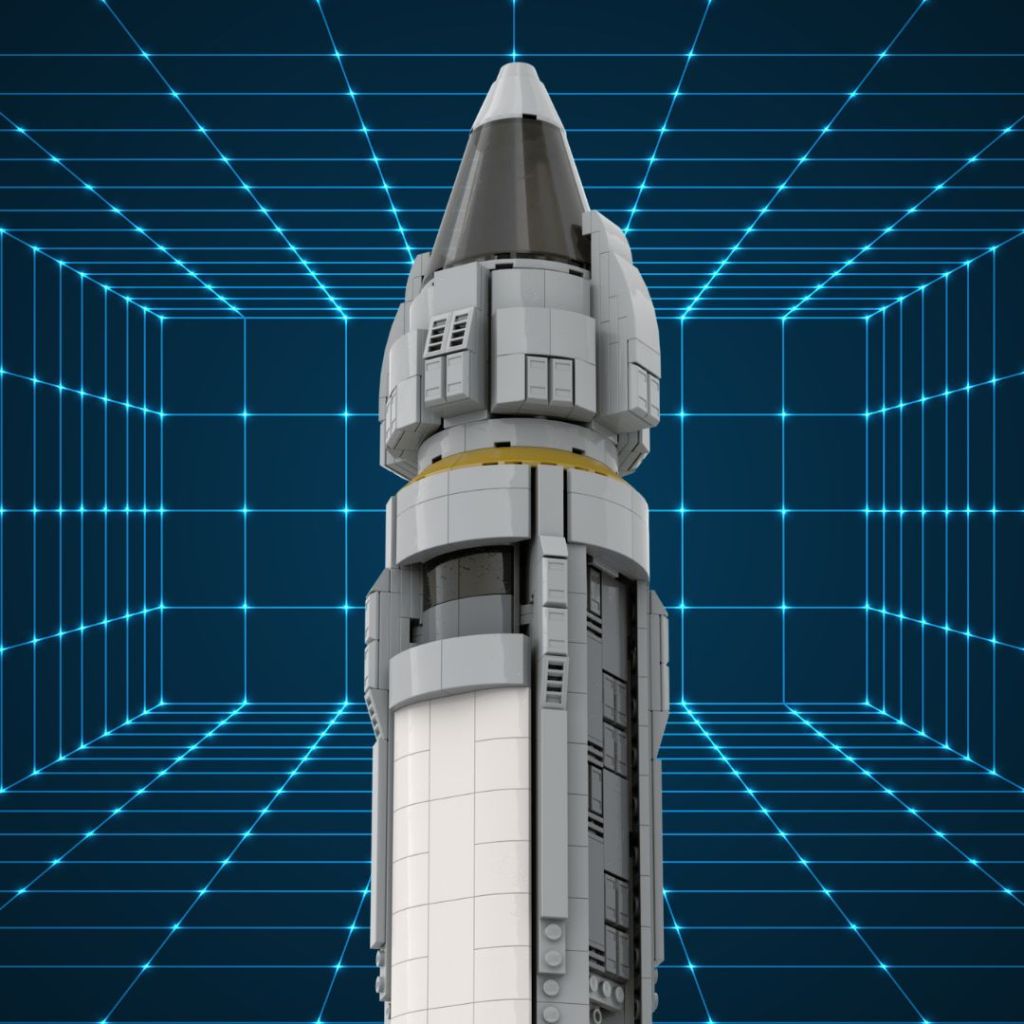
The amazing thing about LEGO® is how modular it is, where a certain piece can be used for various different purposes.
In the warp nacelles of the Enterprise NX-01 model, I didn’t have a certain piece I needed so I repurposed the supports used to hold train tracks together when they are packaged. The steering wheel piece used on LEGO® pirate sets is used to support the UCS Death Star. I have even seen brick separators used in MOCs!
The biggest challenge I face is finding the space to build, and the space to sort my pieces effectively.
I have gone through various systems of sorting, eventually reaching a point where I primarily sort by colour, with a plethora of specific pieces removed from the colour groups and sorted by part. Light Bluish Grey, Dark Bluish grey and Black are sorted by colour still, but with over a dozen subcategories. It still remains a challenge to store the sorted parts, easily access them while building and have a system to easily find a specific piece when needed.



Still, when I dismantle a creation or start and never finish a creation or simply fiddle around with the pieces I end up with thousands of parts that need sorting! This is the most boring part of the process, and I will admit I have many tubs of unsorted parts. On occasion I have to rifle through them to find that one piece I know I have but also have no idea where it is!
Gallery
LEGO® is a trademark of the LEGO Group of companies which does not sponsor, authorize or endorse this site
